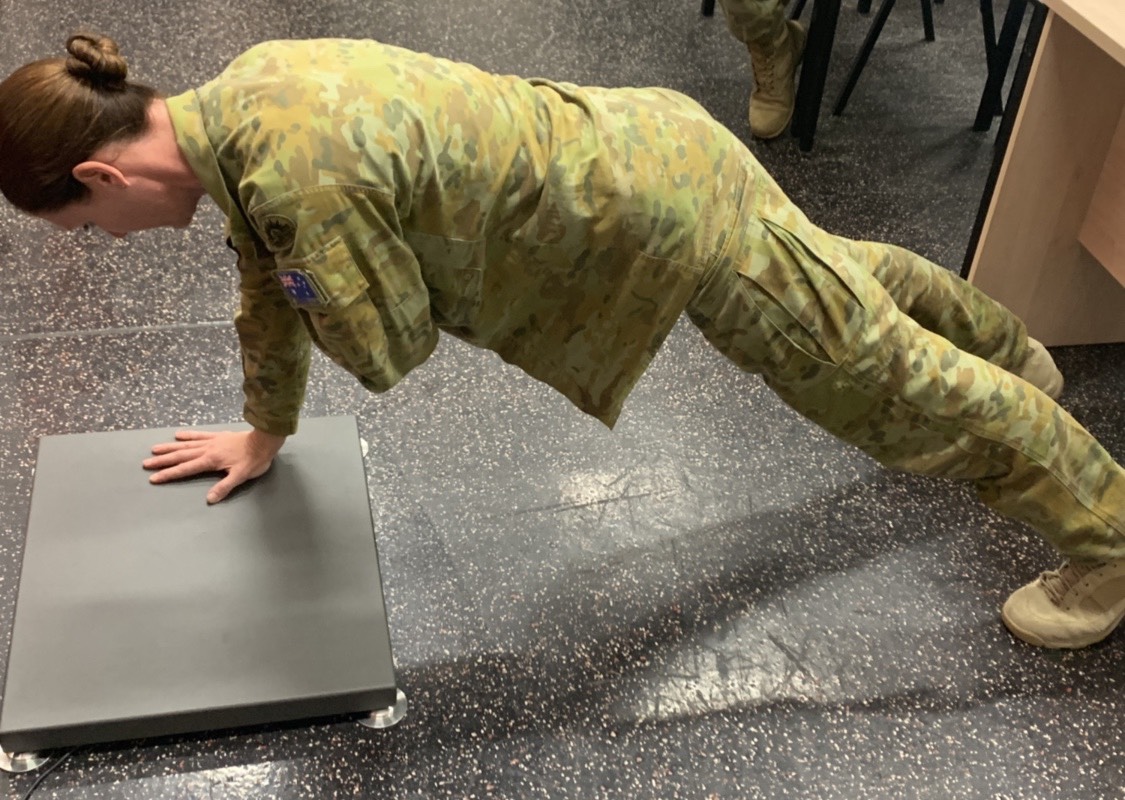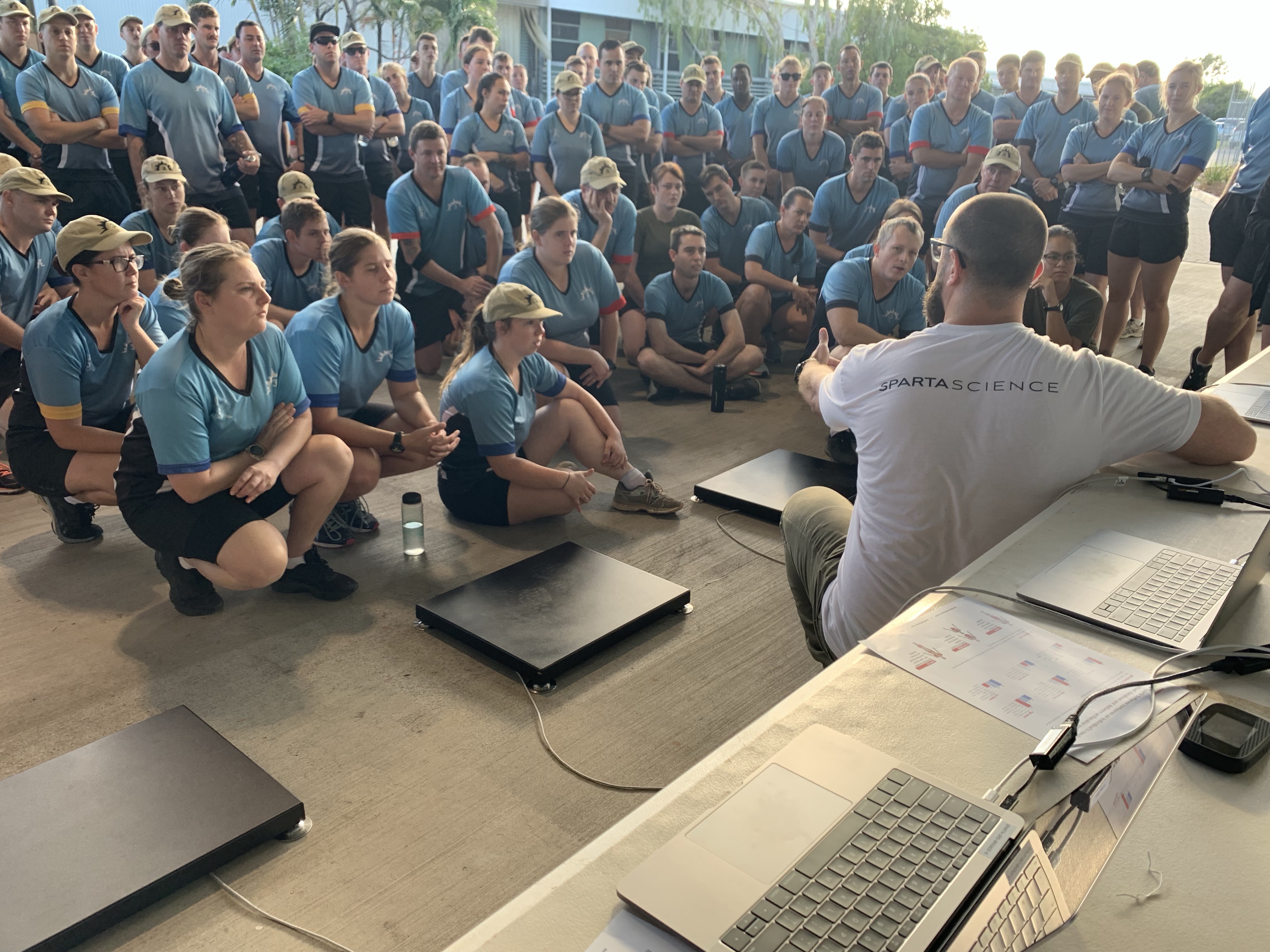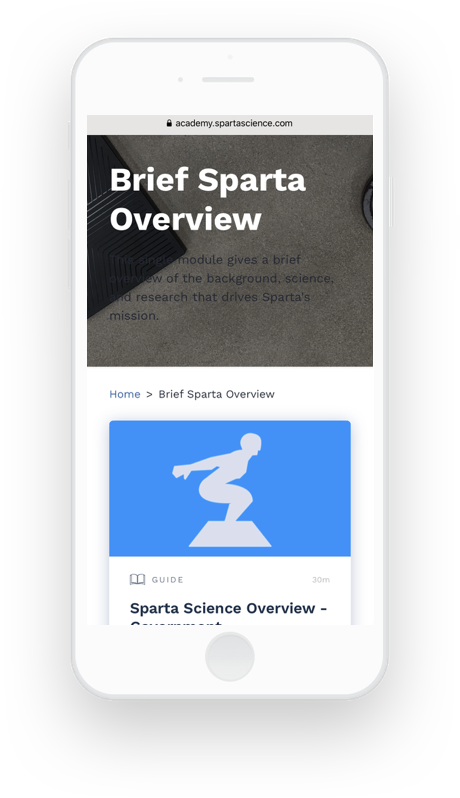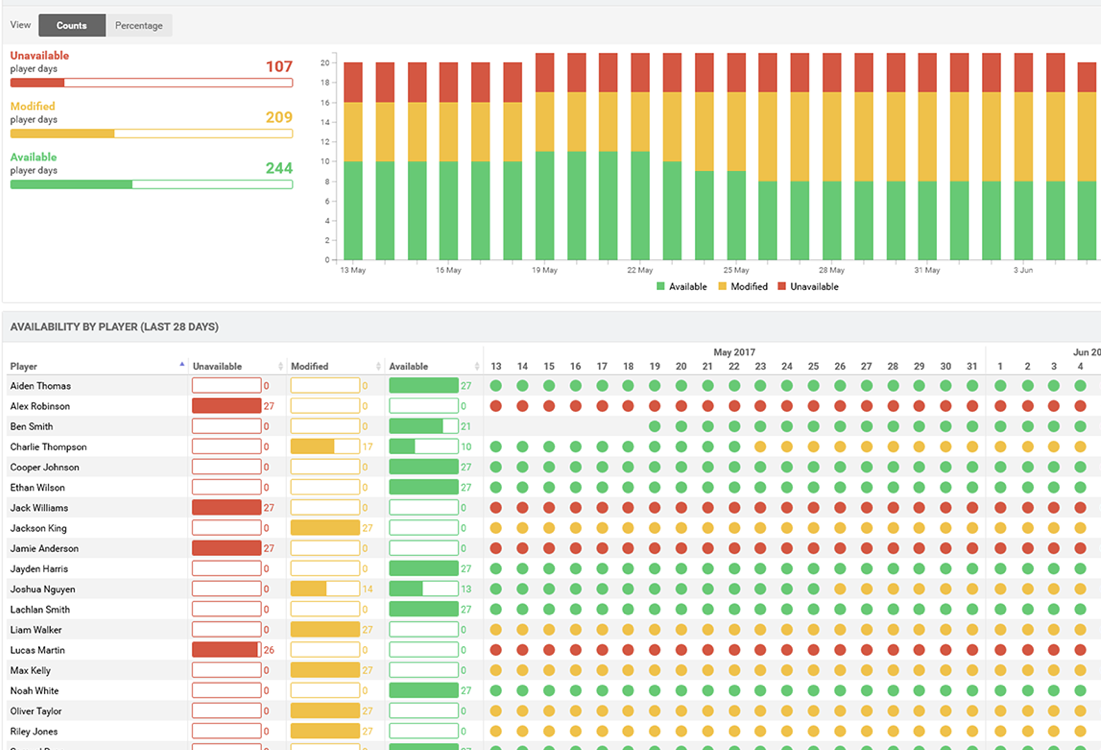Introduction
The readiness for any military group is strongly related to the overall physical preparedness and in turn, negatively correlated with the amount and severity of musculoskeletal (MSK) injuries affecting its warfighters. Because of the size of conventional military units, many limitations of resources and time exist that challenge the scalability of identifying individuals at higher risk of injury and providing interventions to mitigate risk and improve overall unit readiness. MSK injury risks are typically only identified after the onset of injury and addressed in a reactive-rehabilitative approach, instead of a proactive-preventative approach.
Australian Army’s 3rd Brigade located in Townsville, Australia is home to over 3,500 Army personnel. At any given time the 3rd Brigade has around a dozen Physical Training Instructors (PTIs) that are tasked with overseeing the physical training and preparation of the many different units on base. The Australian Army currently utilizes two different assessments: the Basic Fitness Assessment (BFA) and the Physical Employment Standards Assessment (PESA) to test both general fitness and specific physical standards for different roles or trades. The BFA and PESA are effective but rudimentary tools for measures of physical performance and they lack the analysis to improve performance or predict injury. The addition of the Sparta Science technology provides a complementary solution to proactively identify and reduce injury risk. The 3rd Brigade’s implementation of Sparta Science began in June 2019 with the intent to set up a systematic approach to assess individuals, identify risk, and provide a scalable solution to improve overall unit readiness as part of a 3-year Injury Prevention Trial.
Challenge
In a conventional military setting, create a practical and scalable system to:
- objectively assess soldiers movement to identify MSK injury risk,
- proactively implement education and training for risk mitigation,
- provide visibility into compliance and resulting changes in MSK injury risk.
Solution
Overall Implementation - The implementation of Sparta within the 3rd Brigade was a collaborative effort between key stakeholders in both organizations to optimize the Sparta system and best practices based on the logistics of the conventional military setting. A phased approach allowed for initial education and familiarization with the Injury Prevention Trial and Sparta to take place across the entire brigade (more details below). Soldiers were directed to perform the Sparta Jump Scan at a minimum of once per month, with interventions in training programs to be provided by unit PTIs (more details below). Utilizing the outputs from the Sparta System a traffic-light system (red, amber green) was developed to identify individuals for further action. For example, if an individual is identified as red in three consecutive assessments (negligible improvement) they report to their PTI for further evaluation, education, and potential referral to medical staff.
Assessment Strategy - For monthly assessment to be scalable and practical, 22 total systems are located throughout the base at 10 different major unit locations as well as 2 centralized locations (Health Center and Human Performance Center). Physical Training Instructors (PTIs) and Fitness Leaders (ADFFLs) are available to assist with assessments, though the process is simple enough to allow for self-assessment with minimal education.

With 22 total systems, there is also the ability for efficient assembly-line system mass assessments if required. Setting up multiple stations for standardized warm-up and post-assessment interpretation discussion with a PTI creates a simple, efficient, and practical way to assess large groups in minimal time. For example, the ability to assess 350 soldiers in 45 minutes shows the practicality in a large military environment.
350 Soldiers x 2 minutes per test (jump only) / 15 Sparta Systems = 46.67 minutes
Education Strategy - Sparta typically provides onsite in-person training as a standard. These onsite in-person training sessions include education at multiple levels:
- Soldier engagement
- PTI/Physio engagement
- Unit Commander engagement

In addition to the onsite in-person training that is delivered, a customized online virtual training portal was developed by Sparta in collaboration with 3rd Brigade stakeholders. This allows for minimal cost of education for new stakeholders (during transitions) and creates a sustainable solution for utilizing the Sparta system in an ever-changing military environment. For an example of the system and type of education that can be delivered virtually, please register for Sparta Academy (free!).

Intervention Strategy - Unit PTIs utilize the Advanced Operational Conditioning Program (AOCP) framework which emphasizes strength, mobility and endurance. Results from the Sparta System has allowed them to further develop individualized training programs utilizing the AOCP framework. After soldiers assess they are classified into one of 5 movement signature classifications for which the PTIs have adapted 5 different training programs to emphasize or deemphasize specific types of exercises that individuals in that classification should perform. This allows for individualization at scale by creating separate training programs for groups of soldiers with similar strengths and weaknesses. This approach allows for a proactive assessment and intervention to mitigate risk of injury to hopefully reduce the risk of future injury occurrence.
Reporting Strategy - Utilizing a centralized AMS (Smartabase) all of the Sparta data is aggregated and reported on biweekly. This reporting allows for both brigade and unit oversight to track the overall compliance of the soldiers. These reports show overall trends, compare different units, and allow further details to drill down to specific individuals to observe longitudinal progress. The success of the Injury Prevention Trial hinges upon the communication and collaboration of multiple different individuals to ensure proper action is taken and accountability is maintained. The reporting strategy aligns with these goals and has enabled a consistent and habitual approach to assessment and intervention.

Benefit
The implementation of the Sparta Science technology provides a scalable and practical solution for conventional military to proactively address and mitigate injury risk for soldiers at an individual level. The ease of assessment and intervention allows for more frequent testing and interaction with the results than soldiers are used with standard BFA and PESA testing cycles. This creates a more direct connection between training and intended outcomes for each soldier, providing better motivation to improve compliance of soldiers participating in voluntary training sessions. The visibility of the Sparta testing across the organization helps to hold all parties involved accountable and aligned to improve overall outcomes.
“Sparta has been the scientific glue that brings together adaptable and dynamic teams of Physical Training Instructors, Clinicians and Commanders. We are incredibly thankful for this partnership as we continue to learn from each other.”
— Brigadier Scott Winter, Commander 3rd Brigade 2018-19
Results
Per unclassified correspondence: Since the inception of the Sparta IPT (Injury Prevention Trial) in Jun 2019, a positive effect of injury occurrence within the region has been noted by multiple reporting metrics.
Further details will be forthcoming throughout the progress of the trial.
